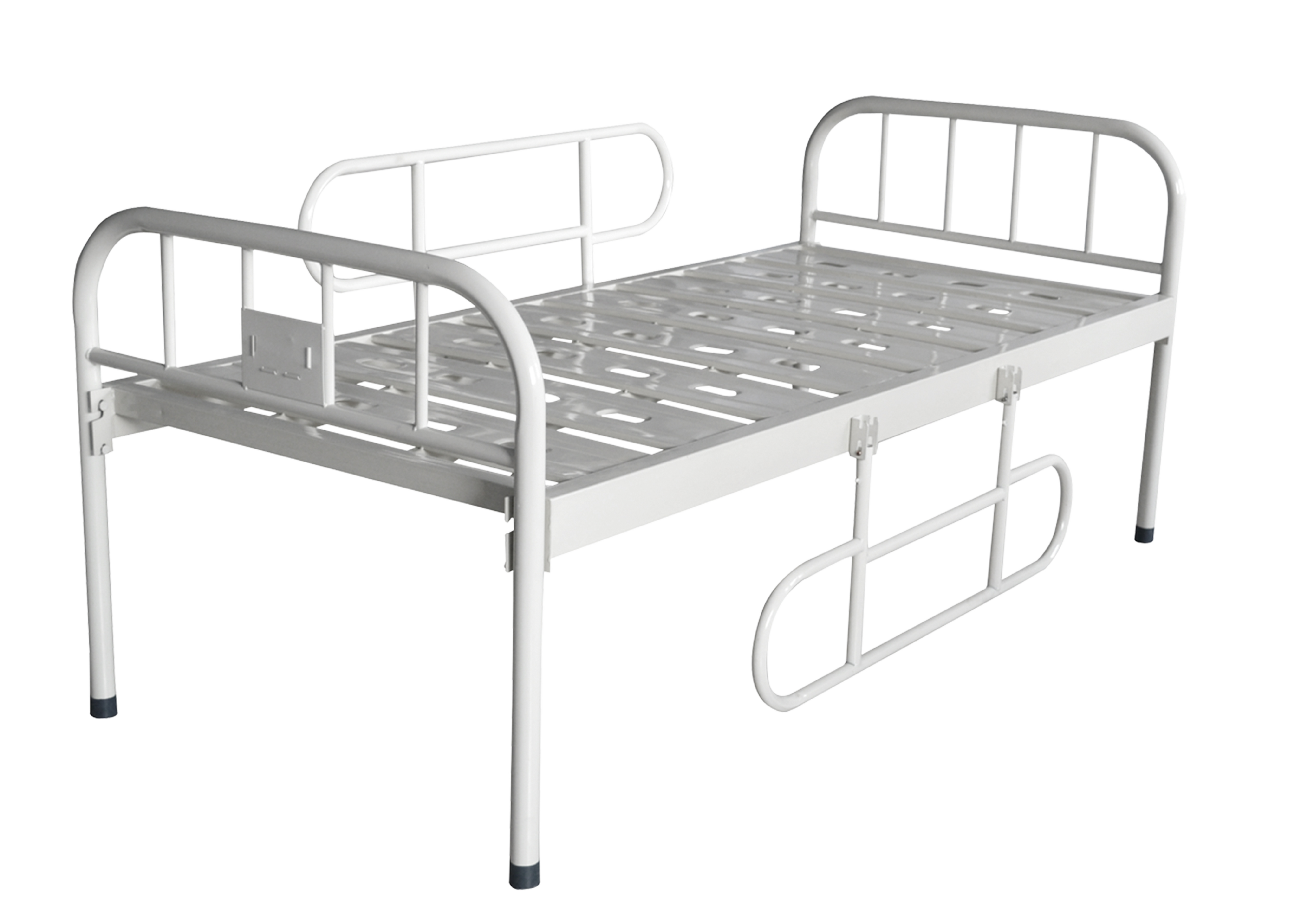Welcome to our websites!
Optimizing Lithium Ion Batteries for Enhanced Electric Wheelchair Performance and Longevity
The Role of Lithium-Ion Batteries in Electric Wheelchairs
In recent years, the demand for electric wheelchairs has surged, largely due to advances in technology and an increasing awareness of the mobility needs of individuals with disabilities. One of the key innovations that have revolutionized electric wheelchairs is the lithium-ion battery. This article explores the benefits of lithium-ion batteries in electric wheelchairs, their functionality, and future trends in battery technology.
What are Lithium-Ion Batteries?
Lithium-ion (Li-ion) batteries are rechargeable batteries that have become the preferred energy source for a wide array of electronic devices, including electric wheelchairs. They consist of an anode, a cathode, and an electrolyte, which allows lithium ions to move between the electrodes during charging and discharging cycles. Lithium-ion batteries are known for their high energy density, longevity, and light weight, making them suitable for electric mobility devices.
Benefits of Lithium-Ion Batteries in Electric Wheelchairs
1. Lightweight and Compact Design One major advantage of lithium-ion batteries is their lightweight nature compared to traditional lead-acid batteries. This characteristic is crucial for electric wheelchairs, as it enhances the overall portability and maneuverability of the device. Users can navigate through tight spaces and transport their wheelchairs with less effort.
2. Extended Range Lithium-ion batteries provide a higher energy density than conventional batteries, which translates to greater range per charge. Many modern electric wheelchairs can travel between 15 to 30 miles on a single charge, making them practical for both indoor and outdoor use. This longer range allows users to engage in daily activities without the constant worry of depleting the battery.
3. Faster Charging Times Charging time is another critical consideration for wheelchair users. Lithium-ion batteries have a much shorter charging duration compared to lead-acid batteries. Typically, a lithium-ion battery can be fully charged in 4 to 8 hours, while lead-acid batteries might take up to 12 to 24 hours. This efficiency allows users to have a quick turnaround, enhancing their independence and mobility.
4. Longevity and Maintenance Lithium-ion batteries also outshine traditional options in terms of longevity. Their lifespan typically extends up to 2,000 charge cycles, often leading to several years of effective use. Moreover, they require less maintenance, as they do not need to be topped off or regularly checked for fluid levels like lead-acid batteries. This low maintenance requirement is highly advantageous for users who may have difficulties with physical tasks.
lithium ion battery for electric wheelchair

5. Environmental Benefits As society moves towards more sustainable practices, lithium-ion batteries align well with eco-friendly initiatives. They generate less toxic waste than conventional batteries and have a lower carbon footprint in terms of production and disposal. Furthermore, many lithium-ion batteries can be recycled, contributing to a reduction in environmental impact.
Challenges and Considerations
While the benefits of lithium-ion batteries are significant, there are challenges that users and manufacturers must consider. Lithium-ion batteries can be more expensive upfront, which may deter some consumers. Additionally, they require careful management of charging and discharging cycles to prevent damage, and there is a need for standardization across different electric wheelchair models to ensure compatibility and safety.
Future Trends
The future of lithium-ion batteries in electric wheelchairs is promising. Research is ongoing to develop even more advanced battery technologies that promise higher energy densities, faster charging times, and improved safety features. Innovations such as solid-state batteries, which use a solid electrolyte instead of a liquid, could potentially address some safety concerns associated with lithium-ion batteries while enhancing performance.
Manufacturers are also exploring the integration of smart technology in electric wheelchairs, with features that monitor battery health and optimize energy use. Such advancements could provide users with real-time information and notifications, thus improving overall user experience.
Conclusion
Lithium-ion batteries have revolutionized the market for electric wheelchairs, offering numerous benefits that enhance user mobility and independence. As technology continues to advance, we can expect even more improvements in battery efficiency, safety, and environmental sustainability. By investing in electric wheelchairs powered by lithium-ion technology, we can foster greater independence for individuals with mobility challenges, which is essential for inclusive communities.
-
Transforming Healthcare with Hospital FurnitureNewsJun.24,2025
-
Rehabilitation EquipmentNewsJun.24,2025
-
Mobility and Independence with WheelchairsNewsJun.24,2025
-
Freedom of Mobility with Our Rollator WalkersNewsJun.24,2025
-
Comfort and Independence with Commode ChairsNewsJun.24,2025
-
Bathing Safety and Independence with Shower ChairsNewsJun.24,2025
-
Navigating the Wholesale Landscape of Electric Mobility Solutions: Key Considerations for Power Wheelchair DealersNewsJun.10,2025











